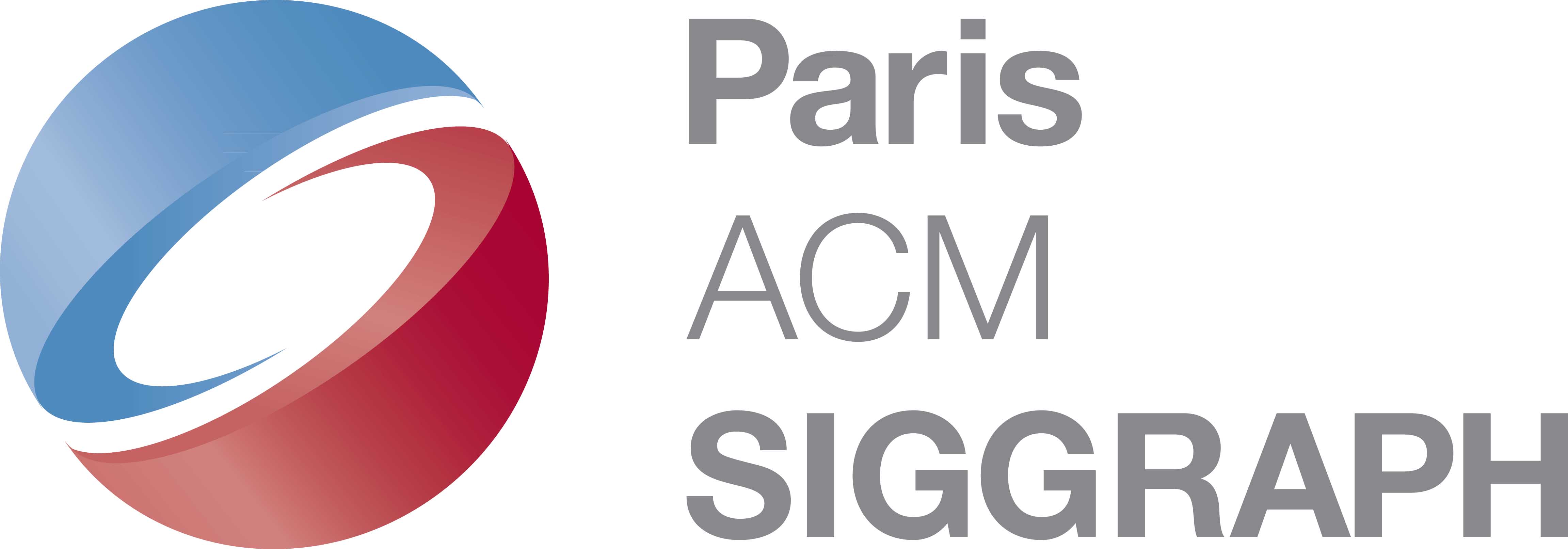Originality
The originality of a work of art cannot be evaluated, a fortiori measured, from its specific features only. It cannot be a formula or an algorithms taking its parameter in the work alone. Originality, indeed, relates to the whole collection of works of art at the moment of the new work is produced. Then the evaluation consists in ascertain if there is no other precedent similar work.
Until the 1980-1990's, humans only were able to appreciate the originality of a work, since few of them were recorded and available in formats allowing common processing. The situation is now completely different, with majors standards for images, sound and film. And one may consider that practically the whole corpus of works to be considered is available on the web. That's an important aspect of the global digitization of the World, like it or not.
Then, comparison methods and algorithms are improving and will continue to progress, since intellectual property protection, more powerful marketing techniques, and security and defense issues will need them ; their results could be applied to originality in the art field. One formal view of originality can be formulated as another kind of distance between a work and the set of all other works. If the distance too short, the work is no original. If it is too long, the work will not be understand by the audience (think of the first presentations of Beethoven innovative works). In between lies a sort of comfortable zone, where works please and raise interest without asking too much for their audience. In this kind of model, if we can define some damping parameter, we will again find our peak shaped curves.
The problem is then to make comparisons and to define a level of similarity (or dissimilarity). This already exists for music, for example the Sacem in France (Société des auteurs, compositeurs et editeurs de musique). It has been functioning now for many years.
In practice, originality is more than a simple yes/no evaluation, since the "similarity" may be strong (near to identify) or weak (the new work reminds precedent ones, it can have taken inspirations in other authors, possibly or other times, but it is far from plagiarism. What matters, then, is the definition of originality thresholds, with practical consequences on law and trade;
Originality may be evaluated differently according to the audience; for a child, everything is new; for a mature art historian, meaningful originality is rare ; and there are middle grounds, according to the specific culture of the spectator, according to his/her profession or social environment.
- About reproductibility and the original's "aura" issue. See Benjamin.
- See some notes by Club de l'Hypermonde (1994)
